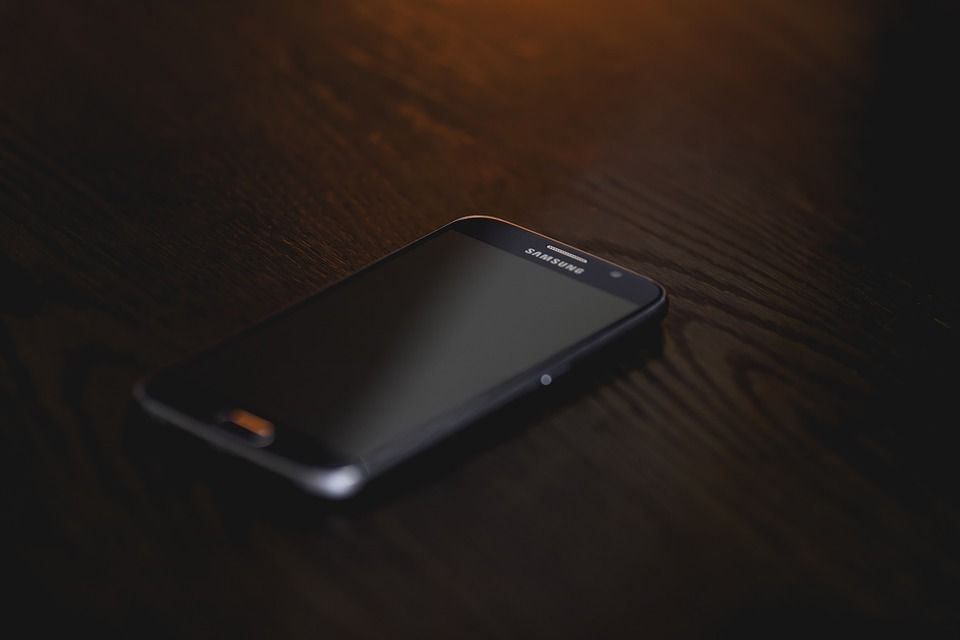By: Bob Kernen
At this late date in the digital revolution, most of us have made our decisions about the tech we like – you’re either a Mac person or a PC person, an iPhone person or an Android person. The new choice consumers are now being asked to make has to do with which operating system (OS) they want in their car.
Ford Sync was the first to market in 2008, but soon every major manufacturer had its own “connected car” system — Cue, Uconnect, lots of others, too. Usually with a touchscreen and a decidedly proprietary look and feel. Then in 2014, the big tech dogs announced that they were getting into the automotive game. Apple and Google both announced that they wanted a piece of your dash, too. Apple’s CarPlay and Google’s Android Auto are now rolling out in new vehicles, and you only have to see a recent TV commercial for Chevy, or VW or Audi to see these systems in action.
So in spite of millions invested in proprietary in-car systems, most of the major manufacturers have conceded that people don’t want another choice, they want the choice they’ve already made (iPhone or Android) to work in their car, too.
There are some trade-offs. If you use CarPlay or Android Auto in your car, you may lose easy access to some of your car’s key functions – climate control, radio, etc. – but you will gain access to any apps on your phone that are enabled for these connected car systems. There are also still other in-car systems that you may bump into like SmartDeviceLink (Ford and Toyota), MirrorLink and even Panasonic’s One Connect.
So what’s a content provider or marketer to do? You have to add to your growing and ever more complicated digital strategy a plan for getting into this important environment. But it’s not entirely straightforward. There are lots of rules (you know, because safety) about what you can display on the car’s screen, and not every piece of content or functionality is going to make it to the dashboard. When thinking about it, think about the “3 M’s” – Media, Messaging and Mapping.
Your mobile app is the best way in, as your app can be enabled for any of these systems, and at jācapps we have focused on this crucial “connected car” space as part of our App Everywhere℠ strategy. We can help you to understand how to best deliver your content in this important, but highly restricted space.
In the future, maybe your car will become nothing but a giant “peripheral” to your smartphone, but as a car lover from Motown, I hope not.
To learn more about how to stay connected contact us at 248-353-9030 or email sales@jacapps.com.













